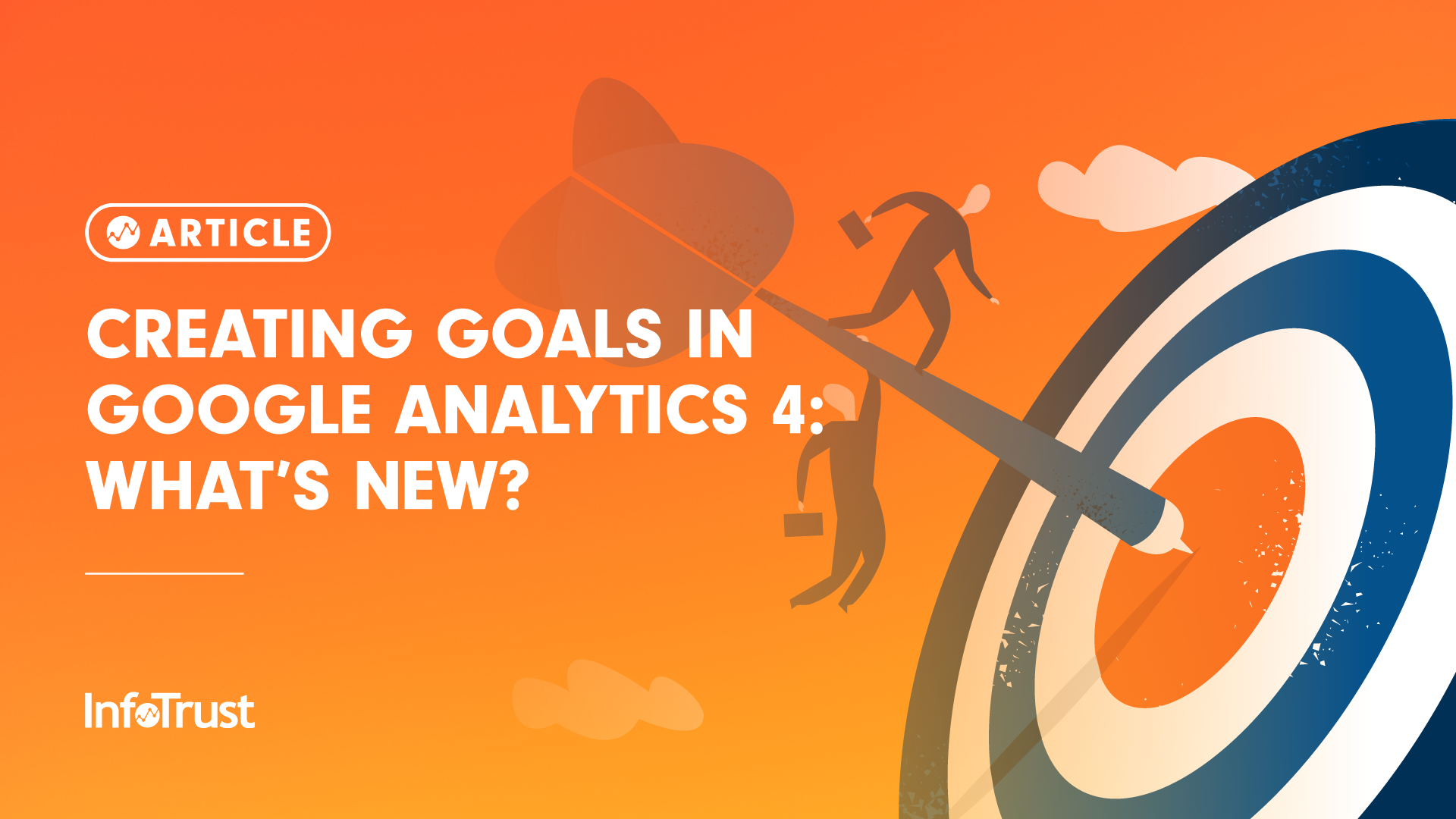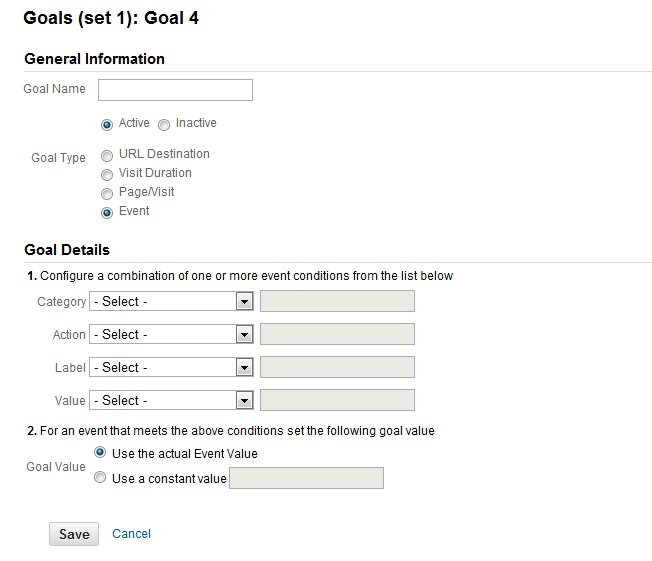What Data Is Google Analytics Goals Unable to Track: A Total Guide
What Data Is Google Analytics Goals Unable to Track: A Total Guide
Blog Article
Demystifying Google Analytics Limitations: Reveal What Information Goals Can not Track
In the realm of electronic analytics, Google Analytics stands as a powerful device that supplies valuable insights into site efficiency and customer behavior. Nonetheless, amidst its capabilities, there exist constraints that typically go undetected. Comprehending what Google Analytics can not track is critical for a detailed grasp of data interpretation and decision-making processes. From the details of customer communication with vibrant content to the complexities of cross-device user journeys, these constraints dropped light on locations that might continue to be covered from typical analytics point of views. By untangling these restraints, a more clear photo arises, enabling even more enlightened approaches and improved understandings into customer involvement and conversions.

Customer Interaction With Dynamic Web Content
Customer communication with vibrant content plays a crucial duty in understanding individual actions on sites and maximizing the overall customer experience. By tracking customer interactions with dynamic web content, website owners can gain valuable insights right into user interaction, preferences, and behaviors - what data is google analytics goals unable to track.
Google Analytics uses numerous tools to track customer communications with vibrant web content, such as event tracking and virtual pageviews. Occasion monitoring enables you to keep an eye on certain user activities, like clicking a button or enjoying a video clip, offering data on how users interact with dynamic components.
Cross-Device Customer Journeys
Exactly how can contemporary analytics tools track the complicated paths individuals take across numerous gadgets in their on-line trips? Cross-device individual journeys provide a considerable difficulty for monitoring and assessing customer actions accurately. As customers communicate with web sites or applications using various tools such as tablets, smartphones, and desktop computers, it ends up being essential to comprehend just how they relocate between these platforms to optimize user experience efficiently.
Google Analytics faces limitations in tracking cross-device user trips due to privacy issues and technical restraints - what data is google analytics goals unable to track. While it can provide insights into individual devices' communications, tracking a seamless user trip across numerous tools stays an obstacle. This restriction can result in insufficient data and fragmented customer understandings, making it difficult for services to develop a unified sight of the consumer journey
To address this problem, businesses can make use of advanced analytics tools that supply cross-device monitoring capabilities, enabling them to obtain a more alternative understanding of user habits. By leveraging these devices, companies can connect the void in tracking cross-device individual trips and maximize their electronic strategies for a seamless customer experience.
Offline Conversions and Attribution
As organizations navigate the obstacles of tracking cross-device individual journeys, another pivotal facet to take into consideration is the realm of offline conversions and acknowledgment in the world of data analytics. While Google Analytics offers useful understandings right into on the internet customer habits, it falls short when it comes to tracking conversions that occur offline. This restriction positions a significant challenge for services that have both online and offline sales networks.
Offline conversions, such as purchases made in physical stores or with telephone call centers, are important to recognizing the total consumer trip. Without the capability to connect these offline conversions to particular online interactions, businesses might struggle to precisely gauge the effect of their digital marketing initiatives.
To address this space, organizations can discover different services such as integrating CRM systems with online analytics tools or utilizing one-of-a-kind discount codes that can be mapped back to on the internet projects. By connecting the space in between online and offline data, companies can get a more thorough understanding of their customers' habits and enhance their overall advertising techniques.
Person Individual Identification
In the world of information analytics, the capability to accurately recognize private customers across various online touchpoints is a vital difficulty for businesses seeking to individualize and optimize their advertising strategies. While Google Analytics offers valuable insights right into user habits and interactions, it drops short in enabling the identification of particular individuals because of privacy problems and technical constraints. Google Analytics makes use of distinct identifiers such as cookies to track individual sessions and habits, however these do not equate to determining individual users in a personal feeling.

Information From Secure Pages
Regardless of the raising prevalence of safe and secure pages on websites, acquiring data from these encrypted sources presents a special obstacle for electronic analytics platforms like Google Analytics. Protect pages, indicated by HTTPS in the link, encrypt data traded in between the customer's internet browser and the web site's server to ensure privacy and protection. While this file encryption is crucial for shielding sensitive details, it additionally presents limitations for tracking customer habits and celebration analytics information.
Google Analytics deals with barriers in gathering in-depth information from protected pages due to the encryption methods in location. Because of this, particular data factors such as recommendation sources, keyword searches, and even some user interactions might not be completely recorded when customers access an internet site via a protected link. This limitation can affect the precision and completeness of the information evaluation, bring about spaces in recognizing user habits and choices on safe and secure pages.
To browse this difficulty, digital analysts may require to check out alternative monitoring methods or take advantage of various other devices particularly created to collect understandings from protected web pages. By adjusting strategies to suit these restrictions, organizations can still obtain useful site analytics in spite of the restraints provided by encrypted connections.
Verdict
Finally, Google Analytics has constraints in tracking individual communication with vibrant material, cross-device individual journeys, offline conversions, private user recognition, and information from protected web pages. These limitations hinder a comprehensive understanding of individual habits and might cause spaces in data analysis. In spite of its beneficial insights, Google Analytics might not provide a total image of customer engagement throughout different touchpoints. It is Our site necessary for companies to be knowledgeable about these restrictions and take into consideration supplementary tools for a much more alternative view of their information.
Customer communication with vibrant material plays an important duty in understanding individual behavior on websites and maximizing the general customer experience. By tracking user communications with dynamic content, website owners can obtain important insights right into user interaction, preferences, and actions.
Google Analytics makes use of special identifiers such as cookies to track individual sessions and actions, however these do not equate to identifying specific users in a personal sense.
As an outcome, certain data factors such as recommendation sources, keyword searches, and even some user interactions might not be totally caught when individuals access a web site through a safe and secure link.In final thought, Google Analytics has limitations in tracking user interaction with vibrant content, cross-device customer journeys, offline conversions, individual user identification, and information from safe and secure pages.
Report this page